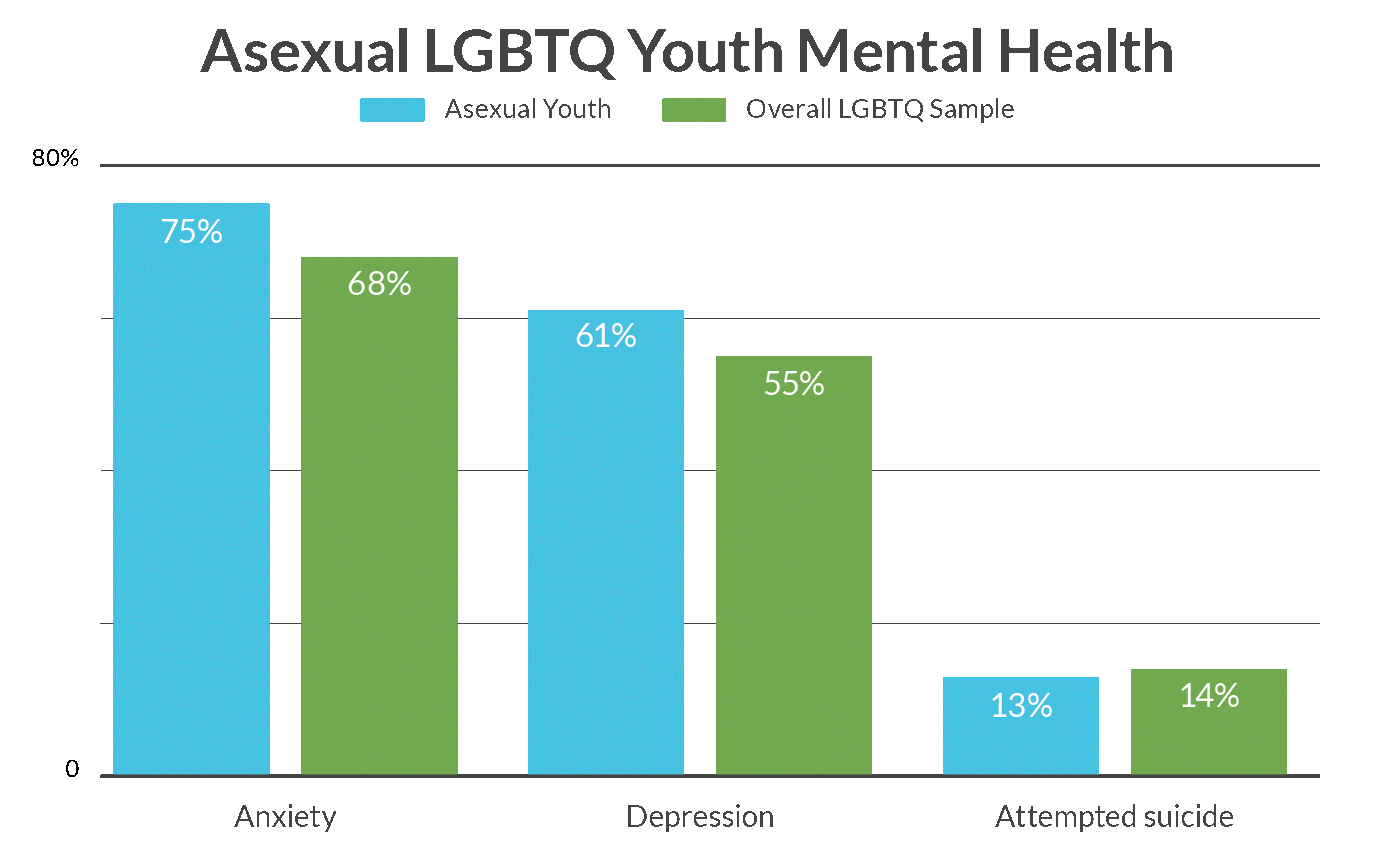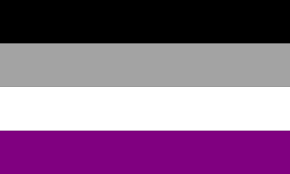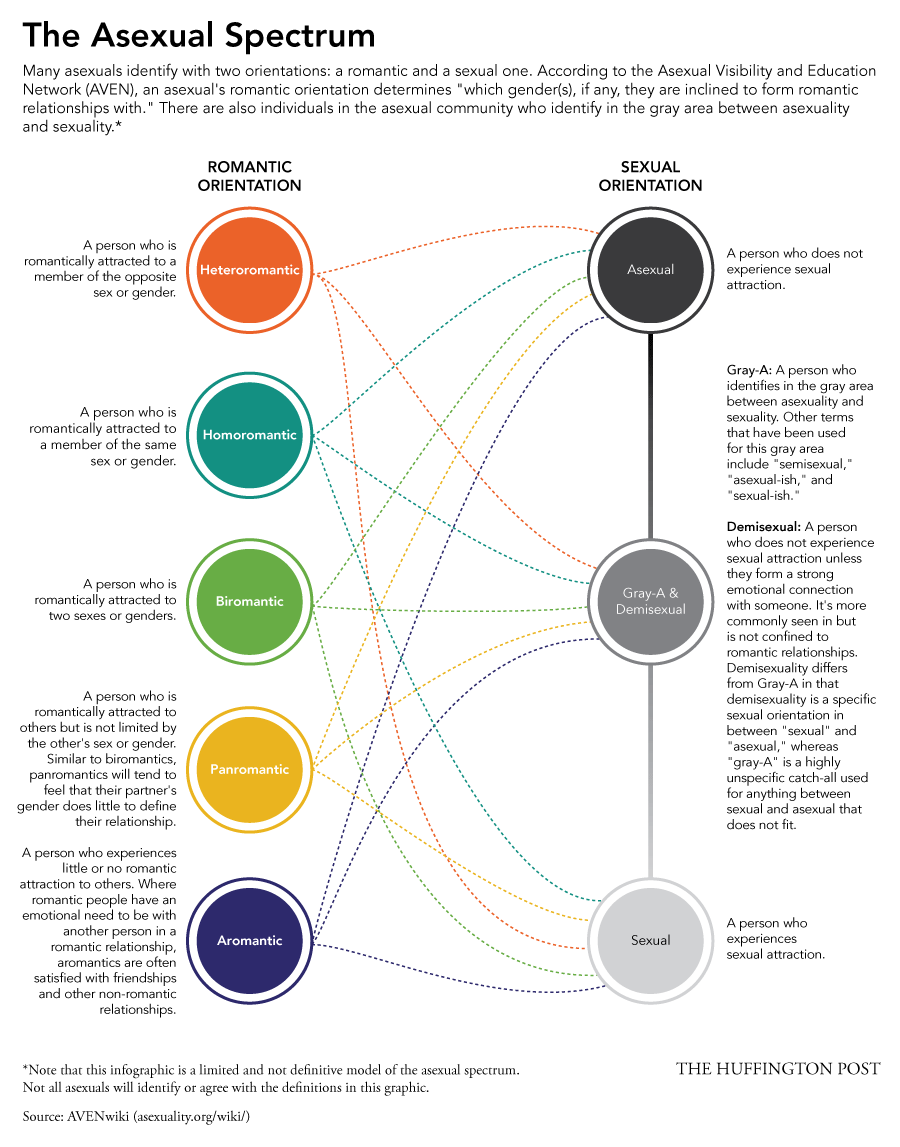ACE Week 2021 – Think Asexuality
WHAT IS ASEXUALITY?
Being asexual means different things to different people. Asexual people experience little, or no sexual attraction. Sexual attraction means finding a person sexuality attractive but, there are also other forms of attraction. Examples include romantic attraction, which means desiring a romantic relationship with a person, or panromantic, which means that a person who is romantically attracted to others but not limited by their sex or gender.
WHAT IS ACE WEEK?
ACE Week is formally known as Asexuality week and is an annual campaign to raise awareness, build community and create change worldwide. It was started in 2010 when Ace Week founder, Sara Beth Brooks, discovered asexuality and realised that it was something she identified with. She aspired to use her organisational skills and activism experience to support the asexual community. Ace Week has now developed into a celebration of asexual identities alongside the continuing campaign for asexual acceptance.
WHY DOES RECOGNISING ASEXUALITY MATTER?
The definition of asexuality is a lack of sexual attraction; an asexual person is someone who does not experience sexual attraction to anyone and, or, does not experience desire for sexual contact. Asexuality is not celibacy, which is the conscious decision to abstain from sexual contact with others.
In a study involving over 40,000 LGBT+ youth, The Trevor Project found that 10% identified as asexual or ace spectrum. Asexual youth also reported high levels of depression and anxiety compared to the overall LGBT+ sample. A larger proportion of asexual youth were transgender or non-binary compared to the overall LGBT+ sample. [1]
Other research has also shown that some asexual people experience higher levels of poor mental health including: depression, anxiety, suicidality, and interpersonal problems in comparison to heterosexual people. This is likely to be connected to the fact that there is currently a low level of understanding or knowledge about asexuality and that asexual people experience the feeling of social isolation and erasure.

Too often, asexuality not only slips under the radar, but is also incredibly misunderstood. As a result, many people in the asexual community have felt the repercussions of both invisibility and stigmas. There are many different identities within the asexual community and the Asexual Flag the flag represents this. Learning and education is an important way to increase awareness. Below is an explanation of what the asexual spectrum includes in relation to the flag.
WHAT IS THE ASEXUALITY SPECTRUM?

- Black – a person who identifies as 100% asexual.
- Grey – people who fall in between asexuality and sexuality. In some cases, they experience sexual attraction only rarely. In others, they’re unsure if they’ve experienced it or don’t feel that they quite fit the definition of asexual in some way.
- Purple – individuals who are only capable of experiencing sexual attraction to someone after forming a close emotional bond with that person.
- White – is an integral part of the flag as it represents allies and how the wider LGBT+ community can support asexuality.
See The Huffington Post: ‘The Asexual Spectrum’ infographic, to explore further: [2]

WHAT ARE THE KEY QUESTIONS TO CONSIDER?
- Does my organisation and/or LGBT+ network provide awareness-building education and initiatives for asexual colleagues?
- Does my organisation and/or LGBT+ network have specific and visible asexual role models and allies?
- How are we developing a culture of authentic allyship around asexuality? Are we building this in?
- How are we signaling our support to the community externally?
- How are we tracking, measuring and reviewing our organisational progress?
To explore this conversation further please get in touch at info@lgbtgreat.com
[1] - The Trevor Project: Asexual and Ace Spectrum Youth 2020
[2] – See The Huffington Post: ‘The Asexual Spectrum’ infographic
